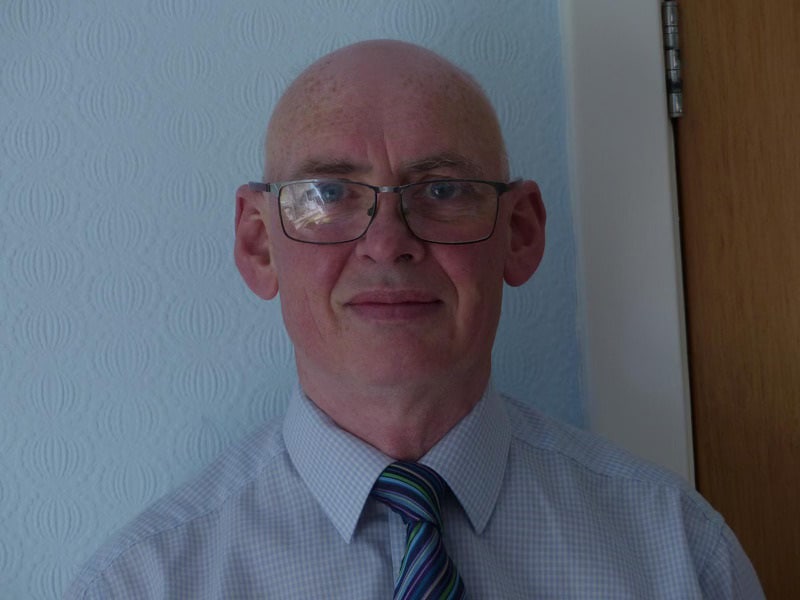I can't find the actual paper so no clue if this talks about getting back to normal walking without an AFO. Which is the goal of all stroke patients; normal walking. 16 years later and my gait is still screwed up and until my spasticity is cured will never get back to normal.
Orthotist discusses importance of ankle foot orthoses in gait rehab at medical conference

The clinical benefits of using an ankle foot orthosis (AFO) in a paper about a biomechanical approach to early gait rehabilitation following stroke were explored at the Association of Chartered Physiotherapists in Neurology (ACPIN) Conference 2022.
The two-day international multi-discipline conference took place at The Royal College of Physicians, London from 11-12 July.
Attended by an audience of 150 people, primarily physiotherapists, the conference examined rehabilitation culture, drivers for change at the patient and therapist level, and how change is possible and what this would entail.
Alongside the presentation that touched on how AFOs can support physiotherapists, examining the impact of what can be achieved by having a shared vision, understanding what underpins good practice, and how to achieve this were key themes at this year’s conference.
ACPIN is one of the largest Professional Networks recognised by the Chartered Society of Physiotherapy (CSP). It is concerned with all aspects of physiotherapy related to the needs of neurologically impaired adults and their relatives and carers.
The conference welcomed a range of workshops, networking opportunities, as well as playing host to acclaimed industry and keynote speakers including Professor Julie Bernhardt who explored early rehabilitation after stroke.
Other speakers included Dr Jessie Janssen, who discussed the feasibility of using a new cueing device with a new gait analysis technique in people with Parkinson’s disease.
Senior Orthotist at Peacocks Medical Group, and an associate member of ACPIN, Paul Charlton spoke on day two of the conference. He presented a paper he had published on the topic area of a biomechanical approach to early gait rehabilitation following a stroke.
Paul is a past chair of both the professional affairs committee for British Association of Prosthetics and Orthotists (BAPO) and International Society of Prosthetics and Orthotists (ISPO).
“The aim of the conference was to examine and explore rehabilitation culture and the impact of what can be achieved by having a shared vision,” he explained. “My discussion encouraged the audience to consider the benefits of biomechanical alignment on gait training following a stroke.
“Within the paper, I explored methods such as the biomechanical demands on the neuromuscular system required to induce the appropriate response. The impact on motor learning was researched along with the potential to impact on motor learning and how this could be practically implemented in a gait training programme.
“My paper highlighted that biomechanical demands in the form of Ground Reaction Force Vectors (GRFV) correlate to the response of the neuromuscular system. These biomechanical demands can be manipulated with a clinical setting by use of an appropriately designed Ankle Foot Orthosis (AFOs).”
With a strong interest in stroke rehabilitation and the role of orthotic intervention, Paul has helped develop a number of orthotic neuro multi-disciplinary team services, including at the National Hospital for Neurology and Neurosurgery.
He continued: “The paper brought together the findings of the most popular publications in gait to explain the importance of alignment in order to elicit a more normal response. Essentially, learning of any kind is dependent on having the appropriate demands on a system. Learning is reinforced by repeatable, consistent and frequent appropriate demands.
“The biggest demand on our lower limbs is gravity and ground reaction force, which generates moments about our weight baring joints to which our neuro-muscular system must react to provide the accelerations, decelerations and stabilisation required to produce the smooth, stable pattern we know as gait.
“The conference provided an opportunity for us to continue to engage, question, share knowledge and best practice on a number of multi-discipline topics. Our continued learning will only serve to enhance the patient journey.”
Previously, Paul has written a guest article for AT Today detailing how the coronavirus pandemic has impacted assistive technology services and what this has meant for patients on hospital waiting lists. He discussed how remote appointments enabled orthotist patients to be seen by a specialist, whose conditions may otherwise have worsened.
No comments:
Post a Comment